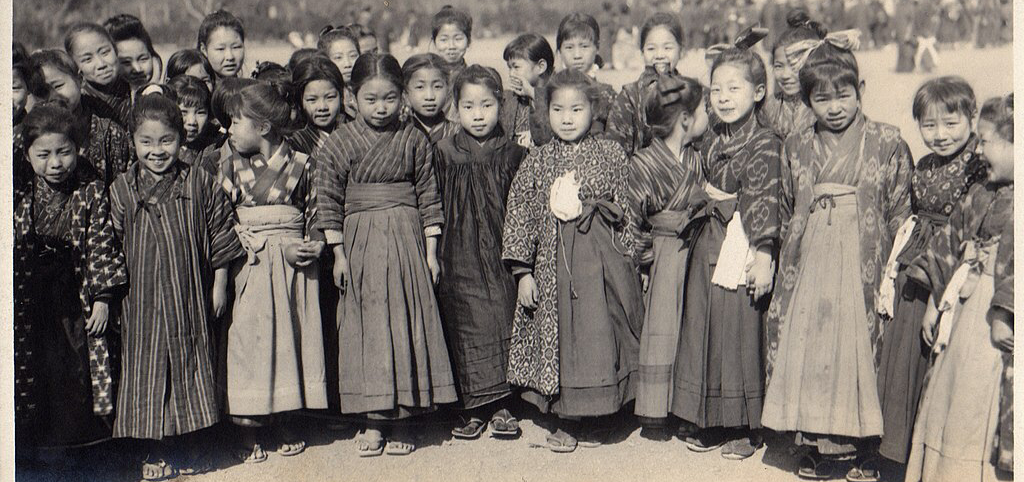Dear all,
Please join us for our three-part miniseries, Illustrated Woodblock-Printed Books of the Edo Period, on August 10, 17, and 24, 7–8:30 pm EDT.
The richly illustrated woodblock-printed books of the Edo period (1603–1868) offer a fascinating window into how texts and images were circulated in a highly literate society. However, the circumstances of their production and reception have not been as well described in scholarly literature as other facets of Edo print culture, such as multicolor prints. In this three-part webinar miniseries on Japanese illustrated woodblock-printed books (e’iri hanpon 絵入り版本) from the Pulverer Collection at the Freer Gallery of Art and from the Freer and Sackler Library, Professor Takahiro Sasaki will present on the history of illustrated printed books; authenticating illustrated books; and the relationship between illustrated books, the government, and society. The lectures will be given in Japanese with the option for simultaneous English transcription and audio.
Professor Takahiro Sasaki is the director of the Institute of Oriental Classics (Shidō Bunko, Keio University) and is a professor at Keio University specializing in Japanese literature of the medieval period, with a particular focus on waka poetry. Professor Sasaki has also been the lead educator for the courses Japanese Culture Through Rare Books and The Art of Washi Paper in Japanese Rare Books, offered by Keio University on the open online course platform FutureLearn, and has led numerous workshops on Japanese classical books in the United States and Europe.
Register here: https://smithsonian.zoom.us/webinar/register/WN_DboQL-c3QXKJHlAI_ekN2w
Find more information here: https://asia.si.edu/events-overview/?trumbaEmbed=view%3Dseries%26seriesid%3D1595019
Tuesday, August 10, 2021
7 – 8:30pm (EDT)
The History of Illustrated Printed Books and Bindings
In the first lecture of our three-part series Illustrated Woodblock-Printed Books of the Edo Period, Professor Takahiro Sasaki will locate the genre of illustrated woodblock-printed books within Japanese book history and explain the binding methods used in their production.
Professor Takahiro Sasaki is the director of the Institute of Oriental Classics (Shidō Bunko, Keio University) and is a professor at Keio University specializing in Japanese literature of the medieval period, with a particular focus on waka poetry. Professor Sasaki has also been the lead educator for the courses Japanese Culture Through Rare Books and The Art of Washi Paper in Japanese Rare Books, offered by Keio University on the open online course platform FutureLearn, and has led numerous workshops on Japanese classical books in the United States and Europe.
Tuesday, August 17, 2021
7 – 8:30pm (EDT)
Authenticating Illustrated Printed Books
In the second lecture of our three-part series Illustrated Woodblock-Printed Books of the Edo Period, Professor Takahiro Sasaki will use concrete examples to offer instruction on issues to be aware of when examining illustrated printed books.
Professor Takahiro Sasaki is the director of the Institute of Oriental Classics (Shidō Bunko, Keio University) and is a professor at Keio University specializing in Japanese literature of the medieval period, with a particular focus on waka poetry. Professor Sasaki has also been the lead educator for the courses Japanese Culture Through Rare Books and The Art of Washi Paper in Japanese Rare Books, offered by Keio University on the open online course platform FutureLearn, and has led numerous workshops on Japanese classical books in the United States and Europe.
Tuesday, August 24, 2021
7 – 8:30pm (EDT)
Illustrated Books, the Government, and Society
In the third and final lecture of our three-part series Illustrated Woodblock-Printed Books of the Edo Period, Professor Takahiro Sasaki will provide specific examples of illustrated printed books as a means of elucidating the relationship between these works and the circumstances of the government and society of the Edo period.

